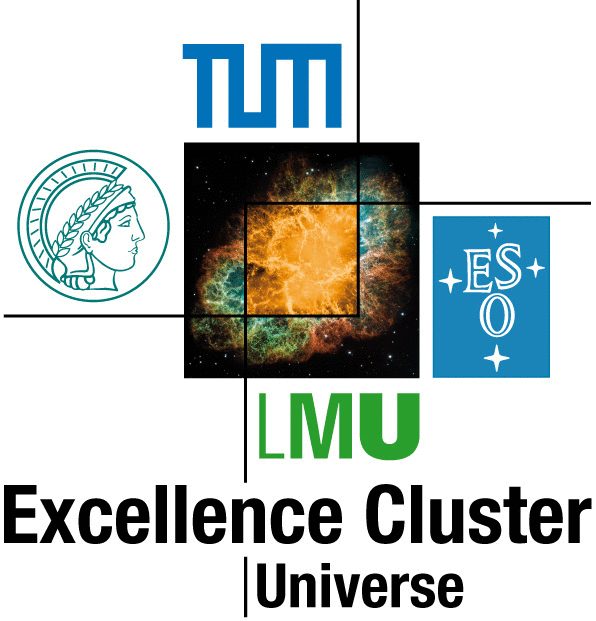
The fate of a galaxy is governed by an intricate ballet of gas flows: the flow of cool gas into the system, the conversion of these baryons into stars, and the ejection of gas enriched with heavy elements. This material flow is known as the galaxy baryon cycle. Determining what rules and mutually relates these three aspects still remains a critical and very complex problem in cosmology.
Key scientific questions addressed by the conference
Phase 1. The flow of cool gas
-
What are the key observables to definitely probe the cold gas accretion?
-
Is the cold/hot accretion transition merely dependent on the halo mass scale or is there a more general environmental dependence?
-
Are galaxies self-regulated systems in which accretion and feedback mutually trigger/limit each other?
Phase2. The conversion of baryons into stars
-
How does the neutral and molecular mass content of galaxies vary with galaxy properties and how do the two cold gas phases relate to each other?
-
Are simulations able to reproduce the observed galaxy properties and cold gas content, and their evolution?
Phase 3. The ejection of gas
-
Is there consensus on the nature of the ejection mechanism driving galactic gas outflows?
-
Is the ejected material able to escape the halo potential well?
-
What is the inflow/outflow interplay?
Invited speakers:
-
Romeel Dave', University of Western Cape, south Africa
-
Mark Dickinson, NOAO, USA
-
Reinhard Genzel, Max Planck Institut für extraterrestrische Physik, Germany
-
Dusan Keres, University of California San Diego, USA
-
Claudia Lagos, University of Western Australia, Australia
-
Nicolas Lehner, University of Notre Dame, USA
-
Roberto Maiolino, Univerity of Cambridge, UK
-
Chris Martin, Caltech, USA
-
David Rupke, Rhodes College, USA
-
Annalisa Pillepich, Max Planck Institute for Astronomy, Germany
-
Joop Schaye, Leiden Observatory, The Netherlands
-
Eva Schinnerer, Max Planck Institute for Astronomy, Germany
-
Stefanie Walch, University of Köln, Germany
-
Simon White, opening talk, Max Planck for Astrophysics, Germany
SOC members:
-
Vincenzo Mainieri, co-chair, European Southern Observatory, Garching, Germany
-
Paola Popesso, co-chair, Excellence Cluster Universe, Garching, Germany
-
Marcella Brusa, Bologna University, Italy
-
Michele Cirasuolo, European Southern Observatory, Garching, Germany
-
Annalisa De Cia, European Southern Observatory, Garching, Germany
-
Gabriella De Lucia, INAF- Triest Astronomical Observatory, Italy
-
Klaus Dolag, Ludwig Maximilian University, Munich, Germany
-
Bernd Husemann, Max Planck Institute for Astronomy, Heidelberg, Germany
-
Allison Man, European Southern Observatory, Garching, Germany
-
Andrea Merloni, Max Planck Institut für extraterrestrische Physik, Garching, Germany
-
Ortwin Gerhard, Max Planck Institut fur extraterrestrische Physik, Garching, Germany
-
Celine Peroux, Laboratoire d'Astrophysique de Marseille, France
-
Gergö Popping, European Southern Observatory, Garching, Germany
LOC members:
-
Paola Popesso, Excellence Cluster Universe, Garching, Germany
-
Vincenzo Mainieri, European Southern Observatory, Garching, Germany
-
Chiara Circosta, European Southern Observatory, Garching, Germany
-
Alice Concas, Excellence Cluster Universe, Garching, Germany
-
Darshan Kakkad, European Southern Observatory, Garching, Germany
-
Laura Morselli, Excellence Cluster Universe, Garching, Germany





